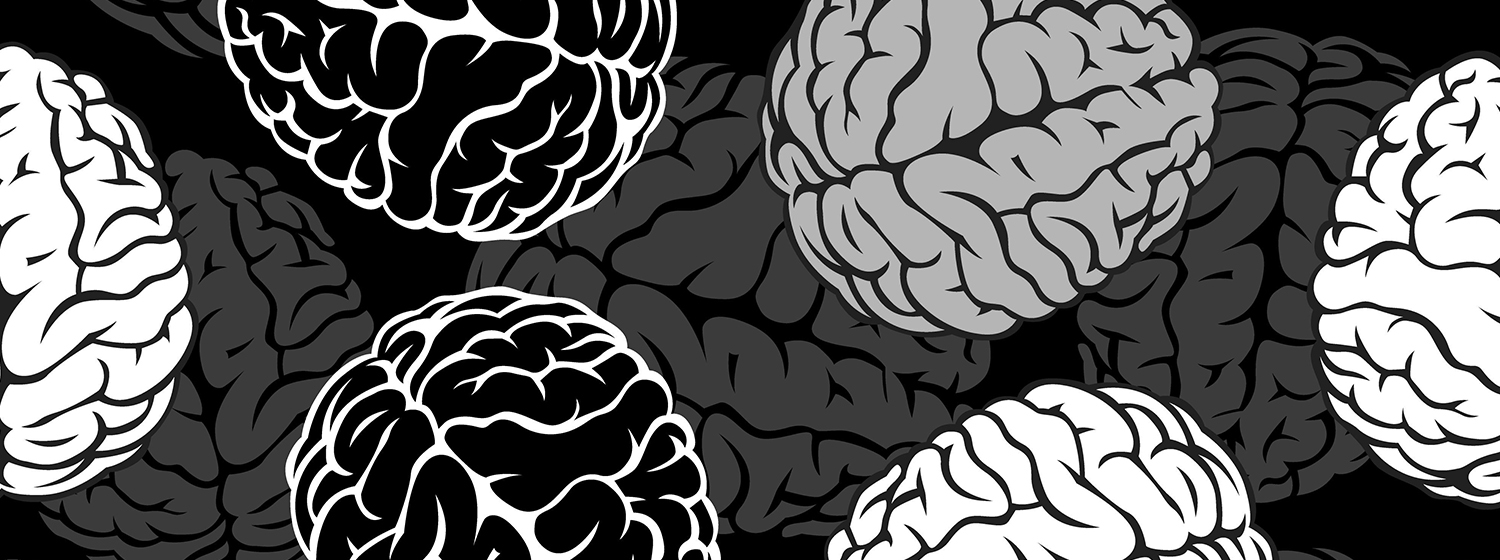Just how effective is storytelling compared to a straightforward presentation of information? The bloggers at BufferSocial recently completed an experiment to find out. Using a/b testing, they sent half their list step-by-step instructions to complete a process. They sent the other half the same instructions but began the message with a 12-paragraph story. Incredibly, the story version had 300% more readers than the non-story version.
Why the dramatic increase in readership? The answer is brain deep. When we read or hear information presented to us, the language processing center of our brain engages to decode what the words mean. When we hear stories, however, many areas of the brain are engaged and we feel the stories on an emotional and physical level.
We feel what the characters feel
A study from the University of Washington in St. Louis monitored subjects’ brain activity while they read stories about a boy named Raymond. Amazingly, when the story indicated that Raymond looked around, the neurons related to vision fired in the test subjects. When Raymond picked up an object, the neurons related to hand movements fired in subjects.
Other research concluded similar findings. Stories do engage the language processing center of the brain, but they also engage any other areas we would use if we experienced the events in the story ourselves. When we hear a story involving food, our sensory cortex lights up. When we hear a story about motion, our motor cortex engages.
This means there’s potential for incredible connections between storyteller and listener. Relaying your experiences to others causes their brains to experience the same thing you did. Our brains can be so convinced that we sometimes believe the events we heard about actually happened to us. This phenomenon also makes it more likely that we’ll remember the information in the story.
Engage the senses, avoid clichés
Research shows readers connect to stories involving senses-smell, touch, taste, sight, and sound-more deeply than other types of information. Research also finds that certain clichés, like “a rough day” are so overused that they are processed only as language and evoke no empathic response. This makes a compelling case for original visuals and content with vivid sensory details to tell your brand story.
Here’s an approach to inspiring your base: tell your story and let your story become their story. How’s that for connectivity!?
Share this post in LinkedIn:
NOT ANOTHER SNOOZELETTER.
SIGN UP. BE INSPIRED.